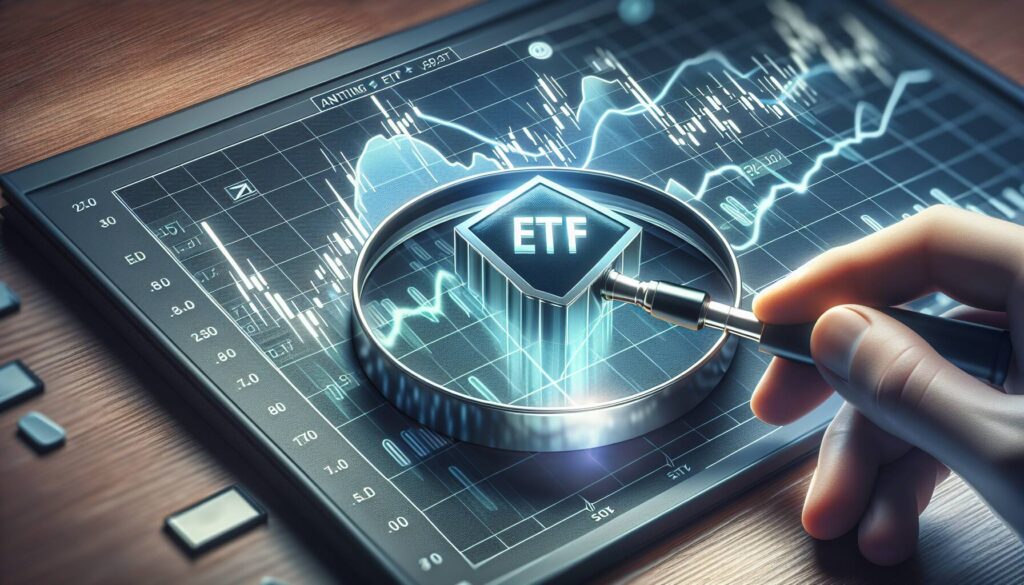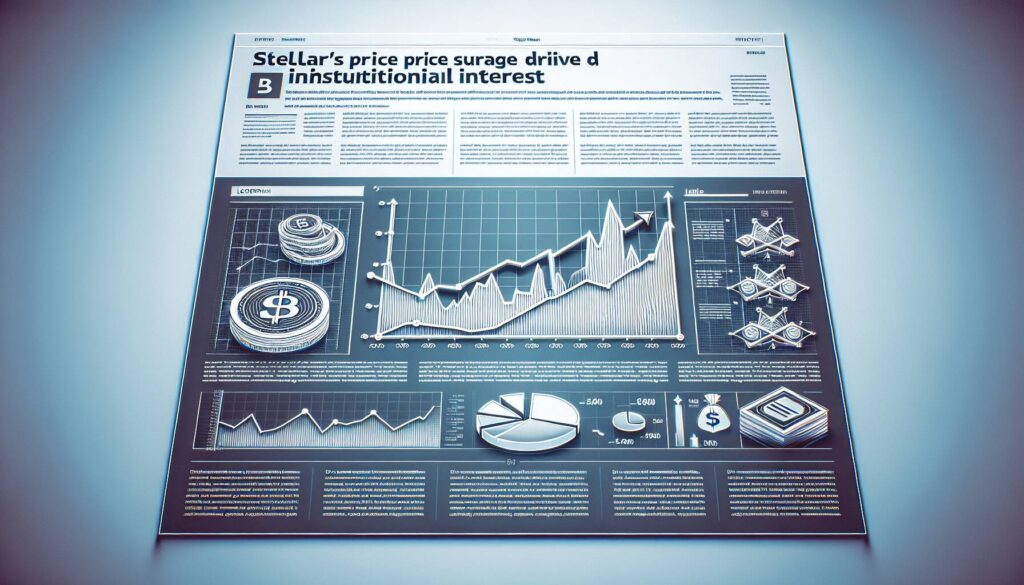In a recent report from JPMorgan Chase, the potential for spot Solana (SOL) exchange-traded funds (ETFs) to attract significant investor interest appears limited, even if they receive approval this week. Analysts led by Nikolaos Panigirtzoglou estimate that these ETFs could garner approximately $1.5 billion in inflows during their first year—an amount that pales in comparison to that of Ethereum (ETH), which could see roughly seven times this figure.
The analysis points to several factors that may hinder demand, including a decline in on-chain activity and a surge in trading related to memecoins. Investor fatigue from numerous recent launches and competition from broader crypto index products, like those linked to the S&P Dow Jones Indices Digital Markets 50, could further diminish interest. Additionally, the report suggests that corporate treasuries might prioritize other investments over spot ETFs.
“Expectations in the market are reflected in current pricing, with the premium to net asset value (NAV) on the Grayscale Solana Trust (GSOL) dropping dramatically from around 750% last year to nearly zero,” JPMorgan noted, paralleling trends seen in Bitcoin (BTC) and Ethereum as ETF launches approach.
As the U.S. Securities and Exchange Commission (SEC) is expected to make decisions on nearly sixteen spot crypto ETF applications this October—Solana’s included—there is a sense of anticipation. The existing CME futures contracts and the recent launch of the first Solana ETF from REX Osprey may bolster these expectations, but the overall sentiment remains cautious.

Spot Solana (SOL) ETF Investor Outlook
The following key points summarize the anticipated investor behavior concerning Solana exchange-traded funds (ETFs) according to JPMorgan’s report:
- Limited Initial Inflows: Analysts project only about $1.5 billion in first-year inflows for Solana ETFs, significantly lower than ether ETFs.
- Factors Impacting Demand:
- Decreased on-chain activity.
- Increased trading of memecoins.
- Investor fatigue due to numerous ETF launches.
- Heightened competition from diversified crypto index products.
- Potential diversion of corporate treasury investments from spot ETFs.
- Weak Market Signals: Observations from the Chicago Mercantile Exchange (CME) show low interest in Solana futures, indicating weak demand.
- SEC Approval Anticipation: The U.S. SEC is set to review several spot crypto ETF applications, including Solana, though approval expectations are already influencing market pricing.
- Asset Pricing Trends: The premium to net asset value (NAV) for Grayscale Solana Trust has dramatically decreased, reflecting bearish sentiment similar to trends seen with bitcoin and ether before their ETF launches.
These key points highlight the cautious outlook for Solana ETFs, suggesting that potential investors should remain aware of market conditions and demand dynamics before making investment decisions.
Spot Solana ETFs: A Mixed Outlook in the Crypto Space
The recent report from JPMorgan raises eyebrows regarding the anticipated influx of capital into spot Solana (SOL) exchange-traded funds (ETFs), projecting only modest first-year inflows of about $1.5 billion. This outlook comes amidst a bustling market where Ethereum (ETH) derivatives have historically attracted a significantly larger share of investments. With major market players expected to navigate this potential launch, the competitive landscape becomes increasingly complex.
Competitive Advantages: One of the primary advantages for Solana ETFs lies in their potential approval by the U.S. Securities and Exchange Commission (SEC), potentially serving as a gateway for institutional investments. The existing infrastructure, such as the CME futures contracts, may provide a robust foundation for these funds, positioning them favorably compared to Solana’s earlier products. Moreover, the July launch of the first Solana ETF from REX Osprey may set a precedent, leading to heightened market awareness and interest.
Disadvantages: However, the report highlights significant challenges such as dwindling on-chain activity and heightened competition from diversified crypto indexes. Investors are also showing signs of fatigue due to the multitude of ETF launches in recent months. The weak positioning in Solana futures trading on the CME suggests that market sentiment may not be as strong as anticipated, further complicating matters. Additionally, corporate treasuries are likely to seek alternative investments, potentially diverting interest away from these spot ETFs.
This landscape could benefit institutional investors seeking to diversify their portfolios while cautiously entering the crypto market through regulated products. Conversely, retail investors may feel the strain of tepid demand and diminishing returns, potentially leading to disillusionment with spot ETFs following a series of less-than-stellar launches. As the SEC’s decisions loom and the market reacts, the dynamics surrounding Solana ETFs will be closely scrutinized by all stakeholders involved.

















